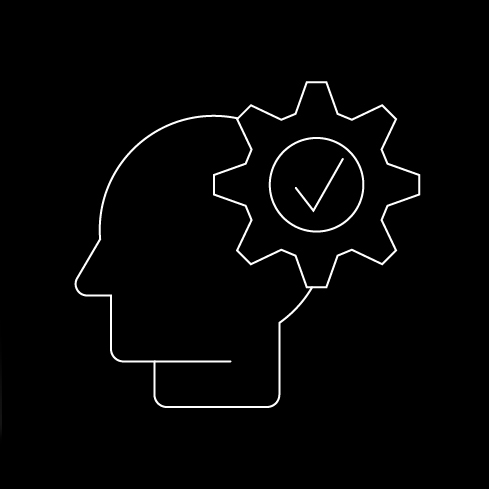Technology can create new experiences in a gaming environment that can go beyond traditional methods and limitations. Interactive classes, labs, workshops, and seminars can eventually encourage people to use online platforms. Also, learning to use a tool or device in the virtual world involves utilizing immersive simulations and interactive experiences is another advantage of virtual education that provides a safe, efficient, and engaging training environment, allowing individuals to acquire practical skills, gain confidence, and explore various scenarios before applying their knowledge in the real world.
Technology has gained significant traction in the field of education, revolutionizing the way students learn and engage with educational content. Here are some notable use cases for Technology in education:
Immersive Learning Experiences:
technology allows students to immerse themselves in realistic and interactive virtual environments that replicate real-world scenarios. For example, students can explore historical sites, travel through space, or dive into the ocean's depths, providing a deeper understanding of the subject matter..
Hands-on Simulations and Experiments:
Technology provides a safe and cost-effective way for students to engage in hands-on simulations and experiments. For instance, students can perform chemistry experiments, practice surgical procedures, or conduct physics experiments in virtual environments, offering a risk-free learning environment.
Language Learning:
Technology can facilitate language learning by immersing students in virtual environments where they can practice conversational skills with virtual characters or engage in real-life language scenarios. This enhances language acquisition and builds confidence in communication.
Special Education and Accessibility:
Technology can cater to the needs of students with disabilities or learning difficulties. By providing inclusive and customizable learning experiences, virtual reality can adapt to different learning styles, offer individualized instruction, and create a supportive and engaging environment.
Cultural and Historical Preservation:
Technology can preserve cultural heritage and historical sites by creating immersive experiences that allow students to explore and learn about ancient civilizations, landmarks, and artifacts that may no longer be accessible or intact.
Skill-Based Training:
Technology can be utilized for skill-based training in various disciplines such as engineering, architecture, aviation, or hospitality. Students can practice hands-on skills, simulate complex scenarios, and receive real-time feedback, enhancing their proficiency in a safe and controlled environment.







